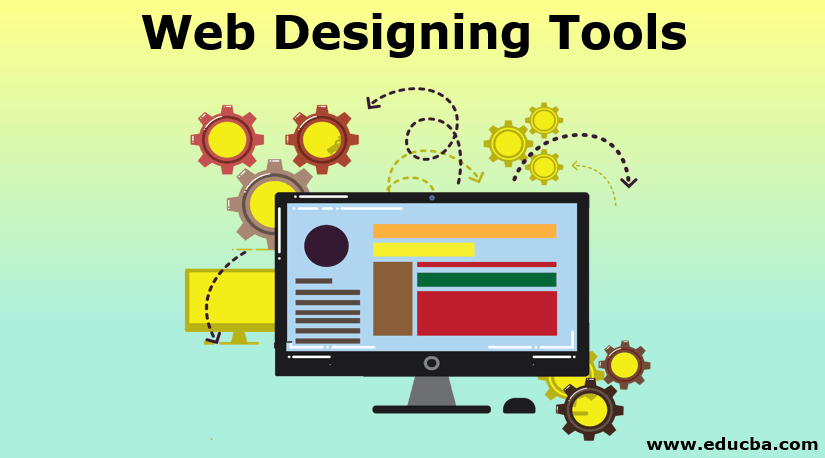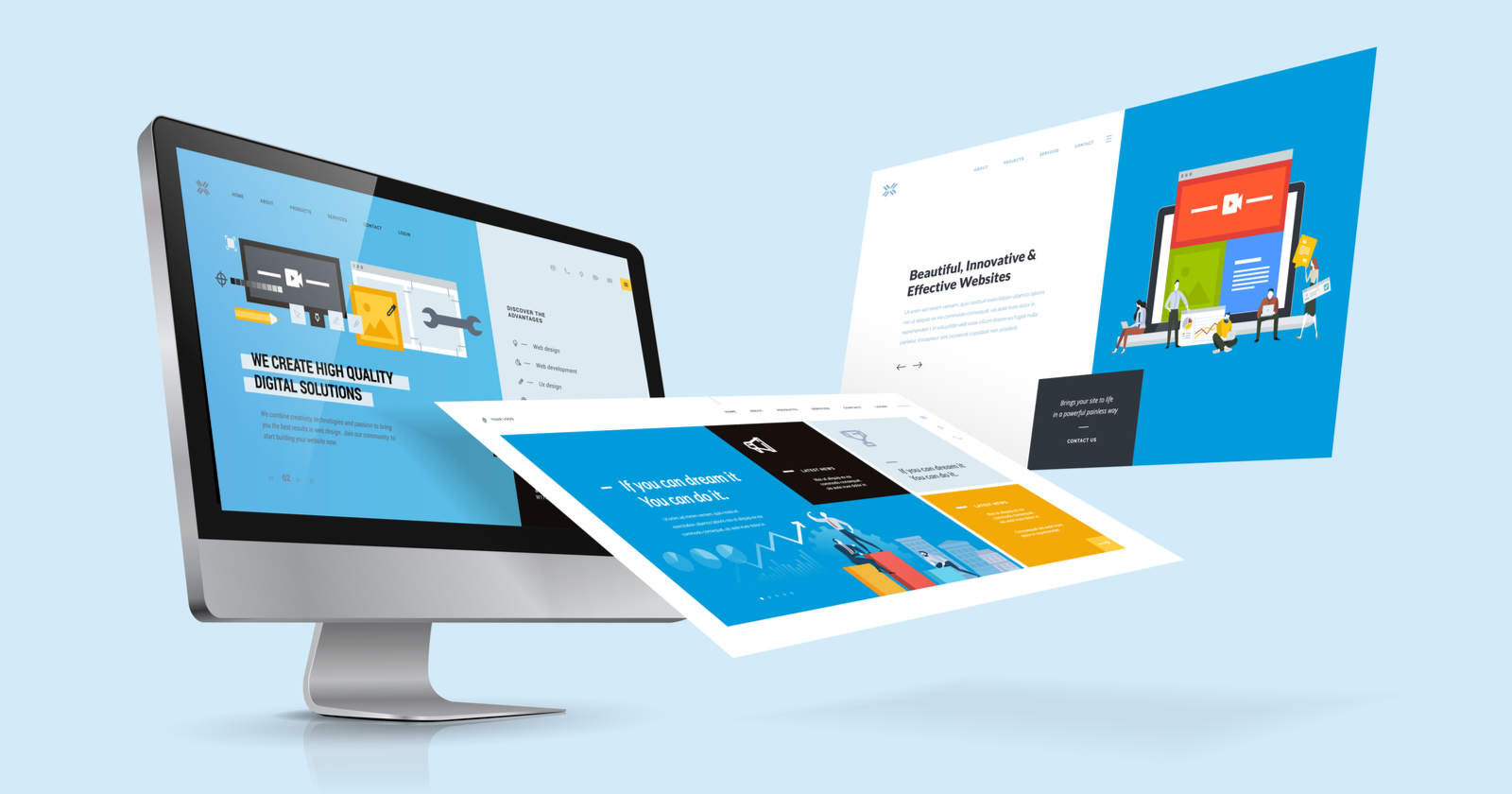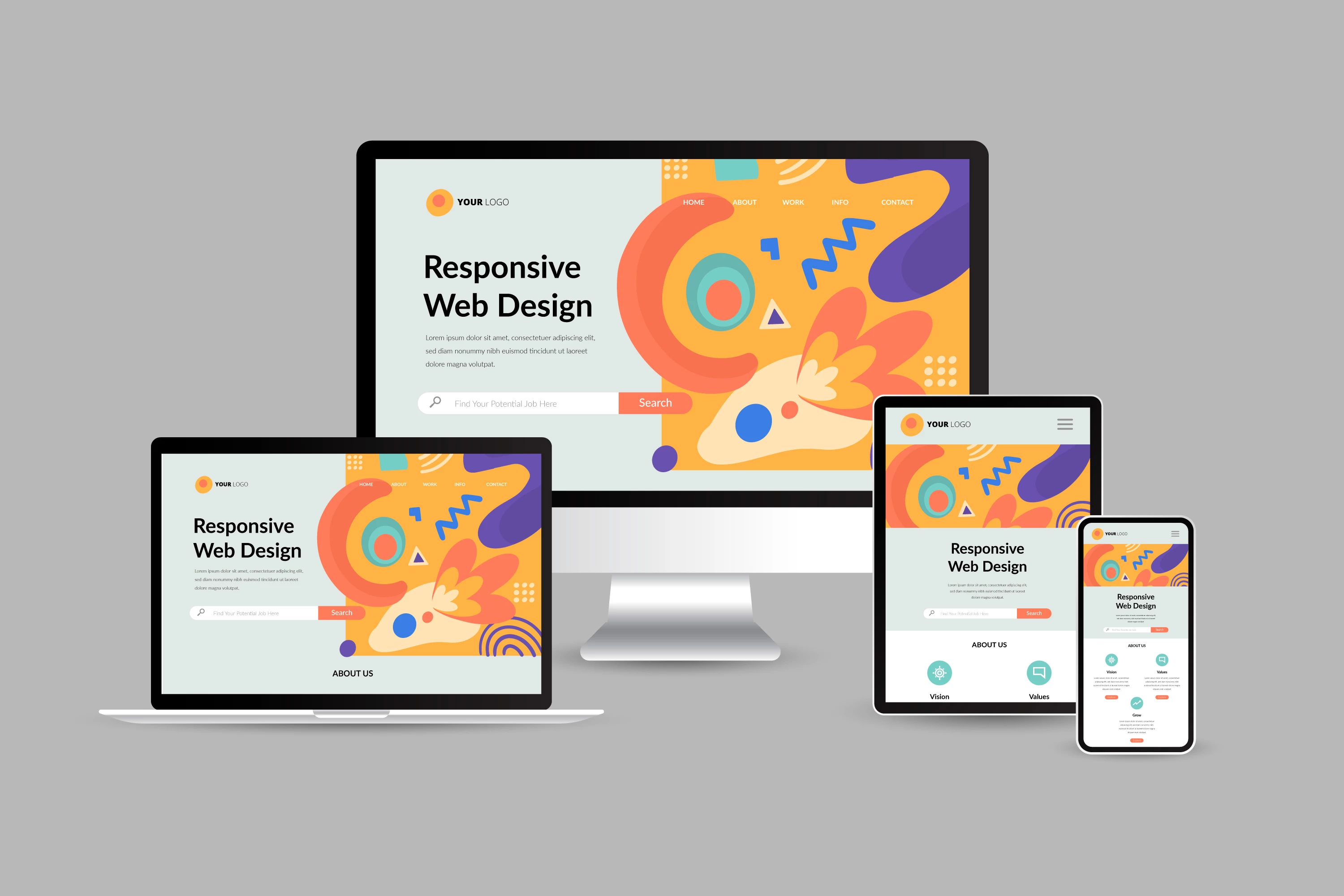Innovative Aligned Position Web Design: Future-Proof Websites for Businesses in Every Niche
Innovative Aligned Position Web Design: Future-Proof Websites for Businesses in Every Niche
Blog Article
The Most Effective Sorts Of Web Style to Improve Individual Experience and Engagement
In the ever-evolving landscape of digital communication, the effectiveness of website design dramatically influences individual experience and involvement. Different design methods, such as minimal, receptive, and interactive layouts, each offer one-of-a-kind benefits that can cater to varied customer requirements. Comprehending which kinds of Web layout finest offer these objectives can be pivotal for services intending to enhance consumer complete satisfaction and retention. The question stays: which layout elements genuinely resonate with individuals and foster significant engagement? The exploration of these concepts reveals essential insights that may redefine your technique to website design.
Minimalist Web Layout
As electronic landscapes become increasingly cluttered, minimalist Web layout has become a powerful strategy to enhancing customer experience. This layout viewpoint prioritizes simpleness, concentrating on necessary aspects while eliminating unneeded disturbances. By making use of sufficient white space, simple navigation, and a limited color palette, minimalist design promotes clarity and routes customer attention to crucial web content.
The core principle of minimal website design is to develop a seamless communication for individuals. By minimizing cognitive load, users can swiftly realize details without feeling overwhelmed. This straight approach not just boosts functionality yet also urges engagement, as site visitors are most likely to discover a site that is aesthetically appealing and very easy to browse.
Furthermore, minimalist design usually stresses typography and imagery, making use of these components purposefully to convey messages properly. In essence, minimal Web layout is not simply a pattern; it is a thoughtful technique that recognizes the significance of user-centered design.
Responsive Website Design
In today's varied electronic environment, receptive website design has actually ended up being crucial for developing a seamless individual experience across a wide range of gadgets. As users accessibility web sites on mobile phones, desktops, laptop computers, and tablet computers, the capability of a web site to adapt its design and material to various screen sizes and resolutions is crucial.
Receptive website design utilizes flexible grids, images, and CSS media queries to guarantee that Web material exists ideally, despite the tool utilized. This method not just improves the aesthetic appeal of an internet site however additionally dramatically improves use. Individuals are most likely to engage with a site that supplies a constant experience, as it eliminates the aggravation of needing to focus or scroll excessively.
By embracing receptive layout, services can improve their exposure and reach a wider audience. In summary, responsive Web style is an essential method that improves customer experience, involvement, and overall fulfillment.
Interactive Web Layout
Receptive website design prepares for boosting individual experience, yet interactive Web style takes this an action further by engaging users in a much more vibrant way - Aligned Position Web Design. By integrating aspects such as computer animations, clickable models, and real-time responses, interactive website design mesmerizes customers, attracting them right into a richer browsing experience
This approach not just promotes interaction but likewise urges customers to explore content helpful site proactively instead than passively eating it. Methods such as gamification, where customers earn incentives for finishing jobs, can considerably enhance the moment invested on a website and enhance general satisfaction. Interactive attributes can simplify intricate information, making it more enjoyable and absorbable.

Including interactive style elements can additionally bring about greater conversion prices, as customers are most likely to engage with a website that proactively involves them. Aligned Position Web Design. Inevitably, interactive Web style transforms individual experiences into unforgettable journeys, making certain that site visitors return time and again
Flat Style
Characterized by its minimalistic strategy, flat style stresses simplicity and capability, removing unnecessary elements and concentrating on vital features. This design approach focuses on usability, making sure that customers can navigate user interfaces effortlessly and performance. By employing a tidy aesthetic, level style eliminates the mess often located in extra elaborate designs, thereby improving customer concentrate on web content and performance.
The hallmark of level style lies in its use bold colors, simple typography, and geometric forms. These aspects add to an aesthetically attractive interface that is both modern and approachable. Furthermore, flat design cultivates a sense of clarity, enabling users to discern vital activities and information without interruption.
Furthermore, level design is particularly effective in responsive website design, as its simplicity equates well across numerous devices and display sizes. The absence of elaborate structures and gradients lessens filling times, which is essential for keeping individual engagement. As electronic landscapes remain to evolve, level style continues to be a pertinent option for producing user-friendly websites that improve general experience. By concentrating on important functions, flat style not just satisfies user needs yet additionally motivates smooth interaction, making it a vital element of effective website design approaches.
Flexible Web Layout
Adaptive Web layout tailors the individual experience by creating multiple dealt with designs customized to different screen dimensions and tools. Unlike responsive style, which fluidly try this site adjusts a solitary design, adaptive design utilizes distinctive formats for specific breakpoints, guaranteeing ideal presentation on different systems. This strategy enables developers to concentrate on the one-of-a-kind qualities of each gadget, improving functionality by supplying specifically what customers need based on their context.
Among the primary advantages of adaptive website design is its capability to enhance load times and performance. By serving tailored material and photos that fit the individual's device, websites can minimize information usage and improve loading rates. This is especially advantageous for customers with slower connections or minimal data plans.

Additionally, adaptive style assists in an extra controlled and regular branding experience. Because designers develop several designs, they can guarantee that the visual elements line up with the brand's identification throughout various systems - Aligned Position Web Design. This leads to a natural user experience, enhancing interaction and advertising individual retention
Final Thought
In final thought, the combination of minimalist, receptive, and interactive Web style concepts considerably enhances user experience and involvement. Minimalist design cultivates quality and emphasis, while responsive look at here now layout makes sure adaptability throughout numerous tools, promoting access. Interactive layout captivates individuals via vibrant elements, encouraging exploration and customization. Collectively, these layout comes close to add to the production of straightforward environments that not only boost complete satisfaction but also drive higher conversion rates, emphasizing their critical importance in modern Web style techniques.

Minimal layout promotes clarity and emphasis, while responsive layout makes certain adaptability across various gadgets, promoting accessibility. Collectively, these design approaches add to the production of easy to use environments that not just enhance complete satisfaction however additionally drive greater conversion rates, highlighting their important value in contemporary Web layout strategies.
Report this page